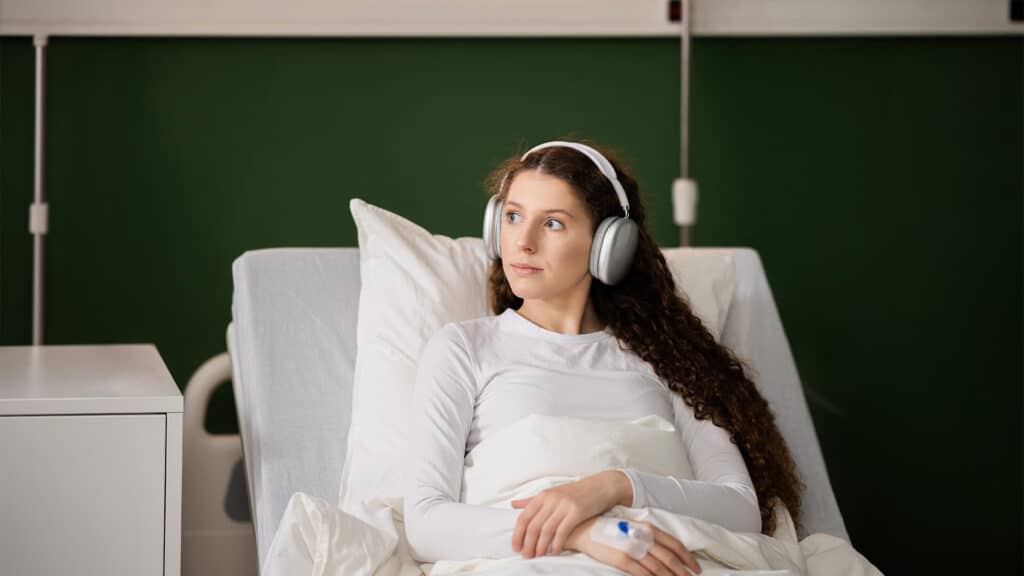Medications like Ozempic and Wegovy are known for curbing hunger to aid weight loss, but new research says that’s only half the story. These drugs might also be rewiring what your body actually wants to eat.
A recent study out of the Arkansas Agricultural Experiment Station found that people taking GLP-1 drugs weren’t just eating fewer calories (about 720 to 990 less per day, for the data heads out there). They were reaching for totally different kinds of foods. Think less soda, chips, and red meat; more water, leafy greens, and fresh fruit. In other words, it’s not just “I’m full.” It’s “I don’t even want that anymore.”
The study, published in Food Quality and Preference, looked at nearly 2,000 people divided into four categories: current GLP-1 users, past users, people planning to take a GLP-1 drug, and those who never have and never will. The difference in food choices among current users was striking. They weren’t forcing themselves to eat healthier—they wanted to.
“In conclusion, this study provides evidence that GLP-1s support weight management through calorie reduction and influence food consumption patterns by diminishing intake of high-calorie and processed foods,” the researchers wrote.
Experts think this shift has to do with how GLP-1 drugs interact with the brain’s reward system. Semaglutide (the active ingredient in Ozempic) mimics a hormone that not only controls hunger but may also mess with how we emotionally respond to certain foods, especially the processed, high-calorie options our brains usually love.
This could be why food brands are starting to pivot. Smoothie King, for example, launched “GLP-1 Support” options on its menu, and other companies are tweaking products to be less sweet, less processed, and more appealing to this rapidly growing market of GLP-1 users.
And with nearly 1 in 8 Americans having tried a GLP-1 drug, this isn’t some fringe diet trend. It’s a full-on shift in how we eat—and how we want to eat.











